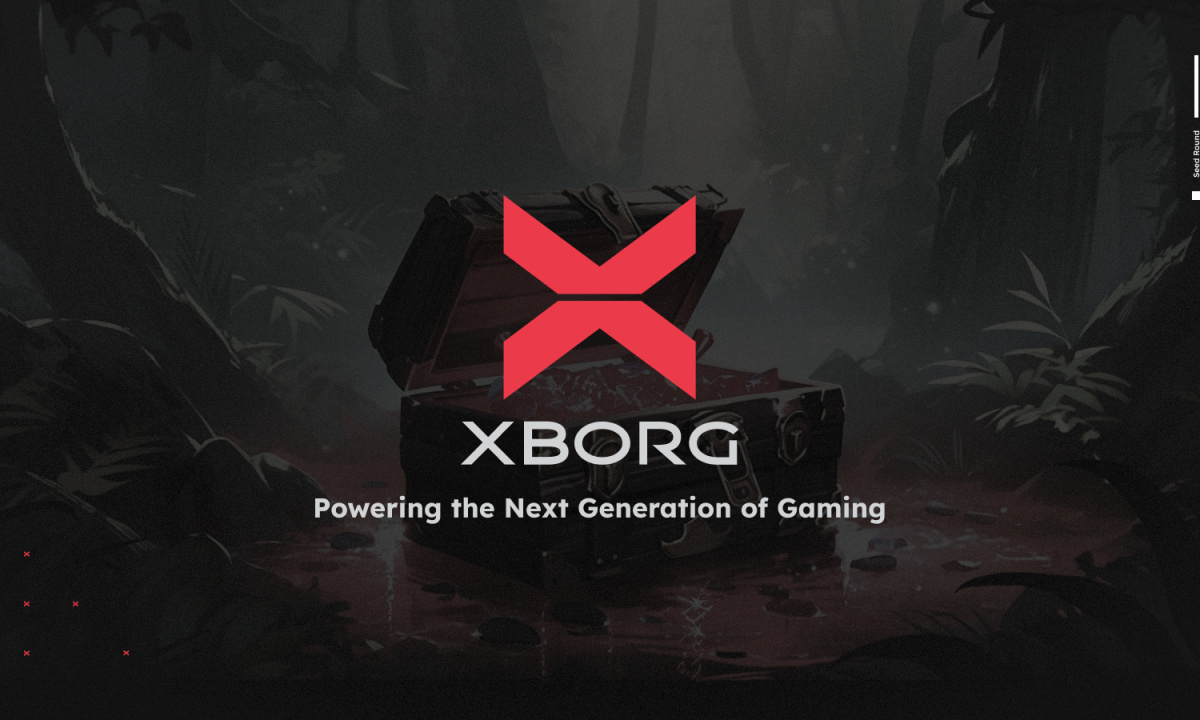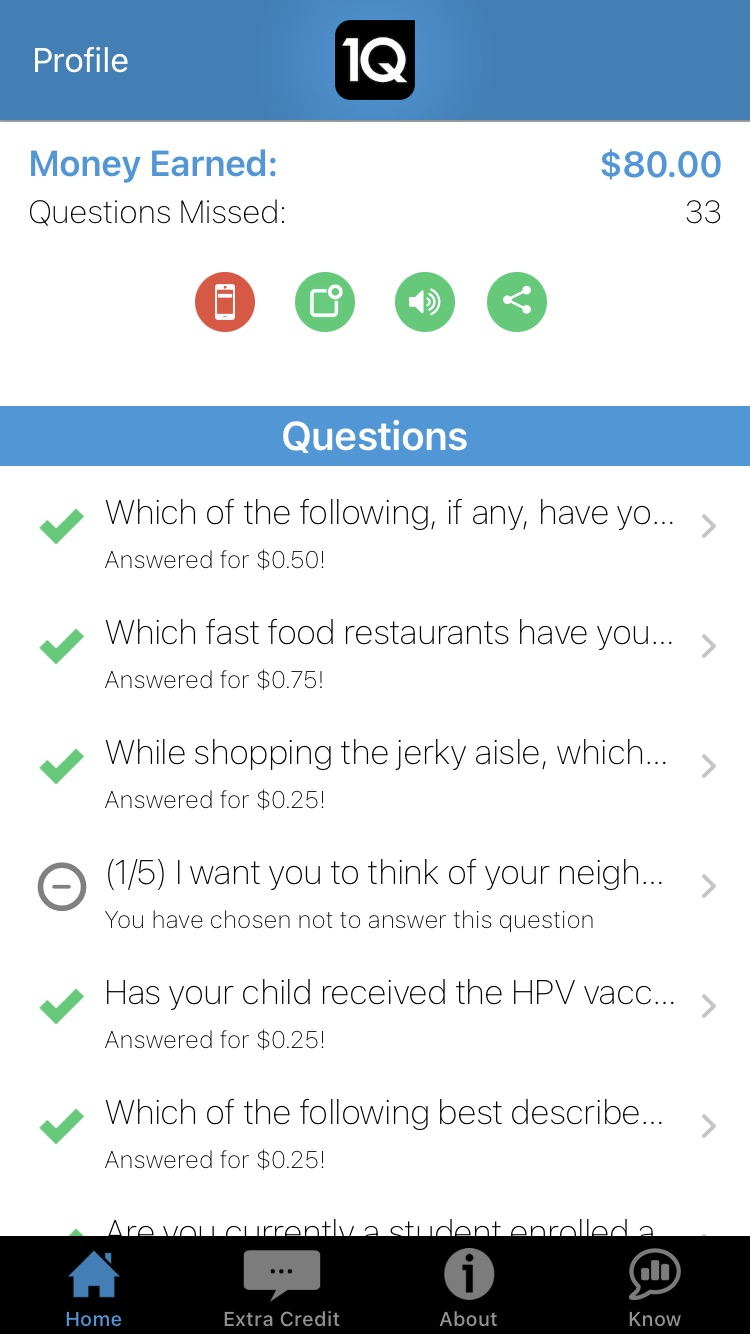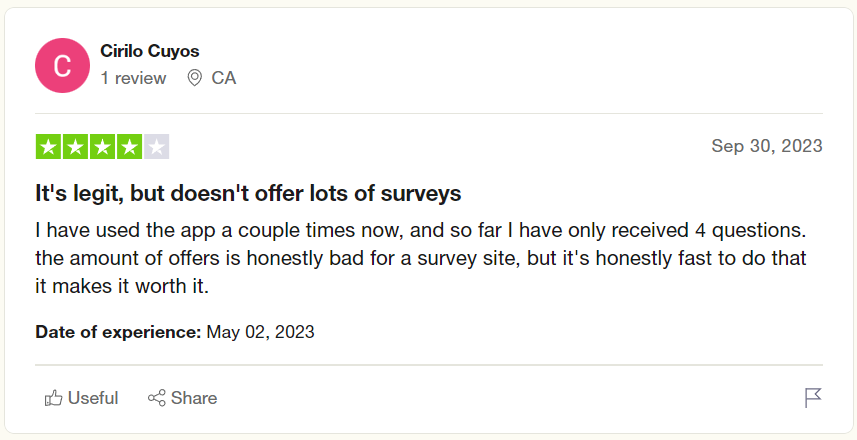When depositing your hard-earned money, you want to know that you’re dealing with a stable and secure bank that will keep your money safe.
And while no financial institution is 100% risk-free, certain national banks (brick-and-mortar and online banks) with significant assets and a lengthy operational history can be more secure than some smaller, local banks.
While it’s difficult to crown a “safest bank,” we’ve compiled a list of Federal Deposit Insurance Corporation (FDIC)-insured banks that you can trust to keep funds secure.
Table of Contents
- Safest Brick and Mortar Banks in the U.S.
- AgriBank
- JPMorgan Chase
- M&T Bank
- PNC Bank
- U.S. Bank
- Safest Online Banks in the U.S.
- Ally Bank
- American Express National Bank
- Axos Bank
- Barclays Bank
- Citi
- Discover Bank
- Quontic Bank
- SoFi Bank
- FAQs
- You Play a Role in Keeping Your Money Safe
- Final Thoughts
Safest Brick and Mortar Banks in the U.S.
In 2024, most people do at least a portion of their banking through online channels. However, a full-service bank where you can walk into a local branch to deposit funds, walk out with cash, or speak with an advisor about loan options can be invaluable. Here are several national and regional banks (listed alphabetically) for you to consider.
AgriBank
AgriBank differs from most physical banks as it exclusively serves farmers in the Midwest and Great Plains. The St. Paul, Minnesota-based bank is a regional wholesale bank within the nationwide Farm Credit system. It reports over $156 billion in total assets within its 15-state service area.
AgriBank is one of four self-funded wholesale banks and maintains a AAA financial strength rating. It was founded in 1916 by congressional action but relies on private dollars from Wall Street to help rural farmers by selling debt securities.
For example, Global Finance finds this institution among the strongest Farm Credit banking partners on its World’s Safest Banks 2023 — Global Top 100 list published in November 2023. In fact, AgriBank is the safest bank in the U.S. and #42 in the world, according to this report. This rating can provide additional assurance as it serves America’s Heartland, where most of the nation’s farming happens.
Other Farm Credit banks with similar ratings include:
- AgFirst Farm Credit Bank
- CoStar
- Farm Credit Bank of Texas
Farming families can apply for agriculture-related loans through AgriBank but can’t open personal or business deposit accounts as it’s not a full-service bank.
Related: How to Invest in Farmland
JPMorgan Chase
JPMorgan Chase (FDIC Cert# 628) is the largest bank in the United States, with over $3.3 trillion in assets through September 2023. The bank charter dates back to 1824 with well-established financial roots. Its FDIC profile lists 4,918 locations in 49 states, along with 198 foreign locations.
Its Chase Bank network has brick-and-mortar branches in most states, and wealthy individuals can access J.P. Morgan Wealth Management services. Others enjoy using Chase’s rewards credit cards, like the Chase Sapphire Preferred Card, for travel rewards and cash back.
It is easy to dispute fraudulent transactions, as banking customers can easily monitor account activity online or through the Chase Bank mobile app. There are toll-free numbers to report questionable activity, and the bank uses two-factor authentication to prevent unauthorized logins.
If you’re interested in dealing with Chase, check out our list of Chase Bank promotions.
M&T Bank
M&T Bank (FDIC Cert# 588) is one of the leading regional banks serving the New England and Mid-Atlantic areas, with over 1,000 locations in 15 states. The institution dates back to 1856 as the Manufacturers and Traders Trust Company. It currently has $208.6 billion in total assets and is one of the nation’s 25 largest banks.
This regional bank offers many personal banking products, including the EZChoice free personal checking account. The account doesn’t charge monthly maintenance fees or require a minimum ongoing balance. However, overdraft fees and other incidental charges may apply.
You can quickly transfer money to friends and family using Zelle, and the mobile app makes it easy to monitor your spending habits. There are also multiple checking, savings, credit card, and loan options to choose from, with flexible financing options to fit most budgets.
M&T Bank also caters to business customers, with business checking, financing, SBA loans, and business credit cards. The institution reports over 295,000 business customers with easy access to local branches and online platforms.
Check out the latest M&T Bank promotions with fee-friendly banking options.
PNC Bank
As the sixth-largest bank in terms of total assets, PNC Bank (FDIC Cert# 6384) reports $553.1 billion of assets under management. The 29-state banking network has 2,398 branch locations along with a charter dating back to 1804.
PNC Bank offers many personal, small business, and corporate banking options. Checking account customers can benefit from a Virtual Wallet that lets you manage a savings or checking account from the same platform. Other neat features include Low Cash Mode, which is similar to complimentary overdraft protection, bill payment reminders, and the ability to create savings goals.
Unlike many large banks, which provide very little interest on savings accounts, PNC customers can open a High-Yield Savings Account in participating states. As a major bank, it has several specialty loan programs that can make it easier to buy a house or qualify for banking relationship perks.
PNC’s online banking is very secure and requires you to use security questions and two-factor authentication. Customers can request account activity alerts and easily report suspicious activity. Further, PNC Bank partners with Trusteer Rapport to provide free malware software to banking customers.
Here are the latest PNC Bank promotions to consider.
U.S. Bank
U.S. Bank (FDIC Cert# 6548) has approximately $657.1 billion in total assets, making it the nation’s fifth-largest bank (as of September 2023). Its bank charter was initially granted in 1863, and the institution has approximately 2,300 branch locations in 28 states. Most locations are in the midwestern and western United States.
This national bank offers FDIC-insured consumer and business checking accounts. You can check out the bank’s coverage limits by account type here.
The platform has many industry-standard fraud prevention measures, including data encryption, two-factor authentication, educational resources, and the ability to report suspicious activity by phone or email.
You can see the latest U.S. Bank promotions here.
Safest Online Banks in the U.S.
Millions of Americans are dealing with online-only banks in 2024. While there may not be any physical branch locations, and most online banks don’t have a lengthy history, it doesn’t mean that they aren’t safe to deal with. Many online banks face similar regulatory guidelines to traditional banks and are FDIC members.
It’s often easier to open an account with an online bank because you can complete the entire process from the comfort of your living room. Online banks are also more likely to waive account service fees and minimum balance requirements and offer higher interest rates on savings due to their lower overhead costs.
In recent years, neobanks and financial technology (fintech) apps have emerged. These companies provide banking services without having a formal bank charter. They partner with chartered banks to provide pass-through FDIC coverage. This means that your accounts are protected as they would be with a physical bank, but there is an intermediary between you and your deposits.
Here are some of the oldest and largest online banks that are less likely to be acquired by another platform or to stop offering banking services due to unprofitability.
Ally Bank
Ally Bank (FDIC Cert# 57803) is a multi-faceted online bank that’s best known for its free checking and high-yield savings accounts and CDs. It’s one of the largest digital banks, with approximately $185.7 billion in total assets.
Ally Bank began in 2000 as GMAC Bank and rebranded in 2009 to better reflect the many financial products the institution offers beyond auto loans (its original purpose).
Banking customers can open checking, savings, money market, term CDs, and a no-penalty CD and earn a competitive interest rate. Further, checking customers can order free standard checks and enjoy over 43,000 surcharge-free Allpoint ATMs for cash withdrawals.
Ally Bank is also a lender. Their consumer loan options include auto, home, and personal loans. Ally lending products are priced competitively and feature low fees and competitive underwriting speeds. Rewards credit cards are also available on an invite-only basis.
Accountholders are eligible for $250,000 in FDIC coverage. As a result, single accounts have $250,000 in coverage benefits, and joint accounts can enjoy as much as $500,000. Custodial accounts are eligible for $250,000 in coverage.
Ally Bank offers 24/7 customer service to access your account easily. The bank uses standard bank security practices to encrypt your account.
If you’re hoping to keep your assets under one umbrella, you may also consider Ally Invest. This online brokerage offers self-managed brokerage and retirement accounts. Robo portfolios are available, too. It’s possible to make commission-free trades and enjoy impressive stock research tools.
Check out these Ally Bank and Ally Invest promotions to earn bonus cash.
American Express National Bank
American Express National Bank (FDIC Cert# 27471) is the online banking arm of the well-known credit card issuer and payment processor. The bank charter was established in 1989. It has approximately $174.8 billion in assets through personal high-yield savings and CDs. There are also personal and business checking options along with personal loans.
Each depositor is eligible for up to $250,000 in FDIC insurance. The online platform utilizes multi-factor authentication and five-minute automatic timeouts to prevent unauthorized activity.
There are several American Express Bank promotions available, but depending on the offer, you may need an American Express credit card to qualify.
Axos Bank
Axos Bank (FDIC Cert# 35546) is one of the original online banks, starting out as Bank of Internet USA in 2000. The online-only bank has $19.9 billion in total assets.
Axos offers the InsureGuard+ Savings account to its high-net-worth clients. This insured cash sweep program provides up to $200 million in coverage benefits without having to create multiple bank accounts to store your wealth. Instead, Axos has several partner banks to insure your excess deposits and still have total access within a single account.
The standard FDIC coverage limit is $250,000 per checking and savings customer. Personal and business banking accounts are available.
Check out these Axos Bank promotions.
Barclays Bank
Barclays Bank (FDIC Cert# 57203) is an online-only bank in the United States with $38.4 billion in total assets. The institution has been operating within this country since 2000, although its banking history dates back to 1690 in the streets of London.
Currently, consumers can open a high-yield savings account and CDs. Personal loans and co-branded credit cards are the other products available. Unfortunately, Barclays US is not a full-service online banking solution as it doesn’t offer checking accounts, but you can open a variety of short-term investments through its platform.
Citi
Citi® (FDIC Cert# 7213) is one of the U.S.’s “Big Five” banks, with $1.6 trillion in total assets and a bank charter certificate dating back to 1812. However, the bank’s physical footprint is surprisingly small, with only 668 locations in 13 states and 281 foreign locations.
Customers can access full-service banking with consumer and business options to save, spend, and borrow. There is also a wealth management option for private client banking.
Check out these Citi promotions, which include some valuable signup bonuses.
Discover Bank
Discover Bank has been in the online banking arena since 2000, although the institution started out as Greenwood Trust Company in 1911. The bank issues the iconic Discover credit card and also offers bank accounts and consumer loans with $141.2 billion in total assets.
The Discover Bank Online Savings Account offers a competitive interest rate without a minimum balance requirement or account service fees. There is also a free checking account that pays up to 1% back on debit card purchases and offers access to over 60,000 fee-free ATMs.
The standard FDIC insurance limit is $250,000. Still, a couple can have as much as $1.5 million in coverage through joint accounts and qualifying investment-related accounts, such as an IRA CD. The bank explains how to get maximum coverage here.
Here are the best Discover Bank promotions available now.
Quontic Bank
Quontic Bank (FDIC Cert# 57807) was established in 2009 and has $561 million in assets within the United States. It offers a variety of high-yield and rewards checking, savings, and CD products. Customers receive $250,000 in FDIC coverage benefits.
As a Community Development Financial Institution (CDFI), it specializes in making homeownership affordable through various home loan programs to borrowers in distressed communities. The non-traditional underwriting model makes qualifying applicants with high debt-to-income ratios, self-employment income, and other unique situations easier.
This institution is known as an early adopter of new technology. One example is a wearable pay ring that’s free with new checking accounts. Additionally, Quontic states that it’s “the first bank of the Metaverse.”
SoFi Bank
SoFi Bank (FDIC Cert# 26881) has $21.5 billion in total assets. This financial platform received its bank charter in 2022, allowing it to offer more services. A SoFi membership provides many additional perks, such as career counseling, financial planning, and potential loan savings.
SoFi Checking and Savings customers can access up to $2 million in FDIC coverage, which is one of the reasons SoFi made it onto our list. SoFi provides the first $250,000 ($500,000 for















